SCINDAPSUS JADE SATIN AUREA VARIEGATED
Original price was: ₹8,900.00.₹3,499.00Current price is: ₹3,499.00.
1 in stock
Single plant(2-4 leaves) | Pot Included | Free shipping
1.Bright, indirect light
As with other varieties of the Scindapsus plants, the Jade Satin pothos need bright light that is indirect. Direct sunlight is too bright for this plant and will cause the leaves to burn and scorch. On the opposite end of the scale, however, too light sunlight will result in the foliage color fading, as well as impeding on the plant’s growth.
If you start to notice the leaves on the Jade Satin pothos are looking dry, crispy, and brown, it means the plant is getting too much or too bright of light. Immediately move the plant to an area where the light isn’t as bright.
Remember that the damaged and discolored leaves will not revert to their original appearance, but new leaves will emerge healthy if the lighting issue is fixed.
2. Adequate water
The Jade Satin pothos does not like soggy soil or soggy roots, so aim to allow for the soil to dry out a bit before watering. The best way to ensure the plant gets the right amount of water is to insert your finger into the top two inches of soil. If the soil feels dry, water the Jade Satin pothos thoroughly.
If, however, the soil feels wet or moist, wait a few days before checking the dryness again. Because root rot is a problem for houseplants like the Jade Satin pothos, it is better to let the soil get a little too dry than it is for it to be soggy.
Whether or not to use tap water, filtered water, or distilled water is a common argument among indoor gardeners. For the most part, you can use any of the three to water the Jade Satin pothos. If, however, you decide to use tap water, let the water sit out for about 24 hours before watering to let the chlorine dissipate.
3. Suitable temperature
Jade Satin pothos need warm temperatures throughout the entire year, and their ideal temps are between 60 and 85 degrees Fahrenheit. Even when the plant is grown indoors, you still need to protect it from any extreme fluctuations in temperature, such as next to exterior doors, drafty windows, or heating and cooling vents.
Extreme temperature fluctuations can cause the plant to go into shock. That is why it is important to protect the Jade Satin scindapsus from these areas.
Some people like to take their Jade Satin pothos outside on warm days. This is fine as long as you continue to follow the plant’s growing requirements, which means keeping it out of direct sunlight. Just remember to bring the Jade Satin back in before temperatures drop below 65 degrees.
4. Right humidity levels
For the Jade Satin pothos, try to maintain a humidity level that is above 50-percent. While this isn’t usually a problem indoors, you will still need to monitor the humidity in the room the Jade Satin is growing in. If the humidity level stays below 50-percent, you can increase it by adding a drip tray or running a humidifier.
A drip tray is easy to make and only requires a shallow tray big enough for the Jade Satin pot to sit on and small pebbles. Fill the shallow tray with the pebbles, and then set the pot on top of the pebble-filled tray. When the excess water drains out of the pot, it will fill the tray and then naturally evaporate into the air around the plant.
Most indoor gardeners find that humidity levels become a problem during the winter when heaters are used, as well as during periods of dry, hot summers. Keep this in mind when growing the Jade Satin pothos.
5. Well draining soil
Jade Satin pothos do not grow well in soggy soils, so it is vital that their growing medium is light and well-drained. Well-draining soil doesn’t mean that it allows all the soil to immediately drain out when water. Instead, it holds enough moisture to properly hydrate the Jade Satin while also allowing for any excess water that is not needed to drain out of the pot.
A soil with an equal amount of potting soil, peat moss, and perlite works well for the Jade Satin pothos, though you can add some horticultural charcoal to the soil to add in drainage.. Furthermore, the Jade Satin scindapsus likes a slightly acidic soil, so try to have a soil pH level of between 6.1 to 6.5. This will help the plant experience its optimal growth.
6. Container with drainage holes
The container the Jade Satin pothos is growing in is just as important as the soil. Even if the plant is growing in well-drained soil, if the pot doesn’t drain properly it will still increase the chance of fungal diseases.
Select a pot that has drainage holes at the bottom and not on the side. Having the holes at the bottom means excess water will drain out. If the holes are at the sides, however, the excess water has to reach a certain point before it begins to drain, which still puts the plant at risk for root rot and other fungal diseases.
Only logged in customers who have purchased this product may leave a review.

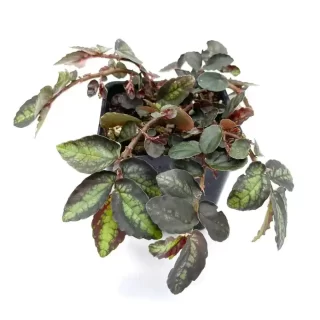

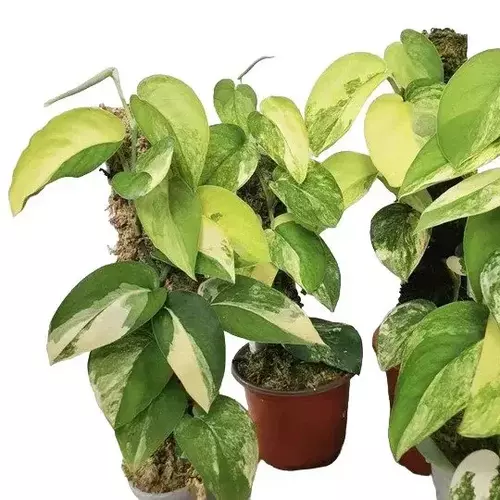
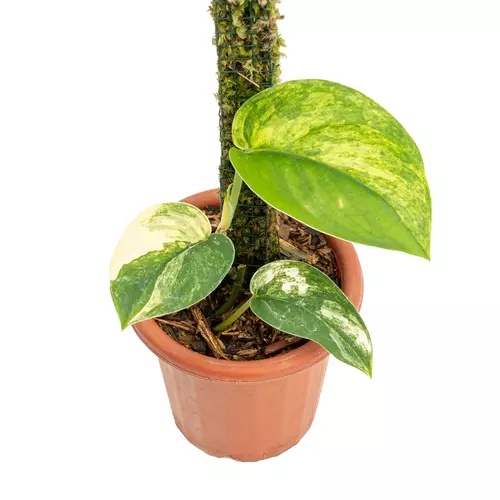

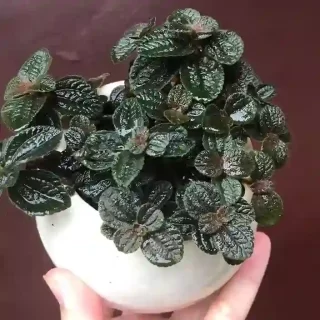
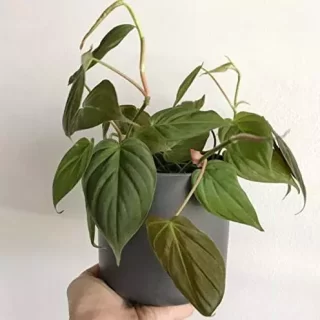
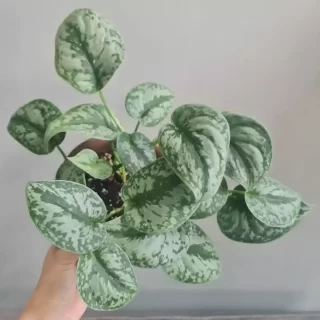
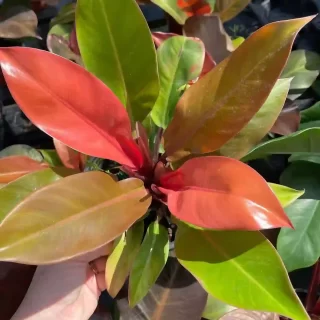
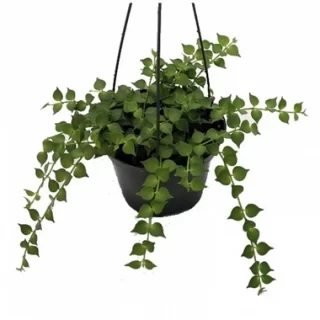
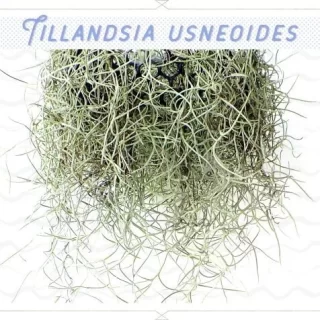
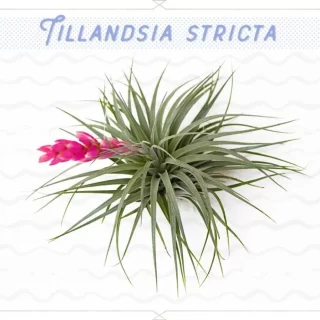
 If you need any assistance, I'm always here. Have you found what you were looking for?
If you need any assistance, I'm always here. Have you found what you were looking for?
Reviews
There are no reviews yet.